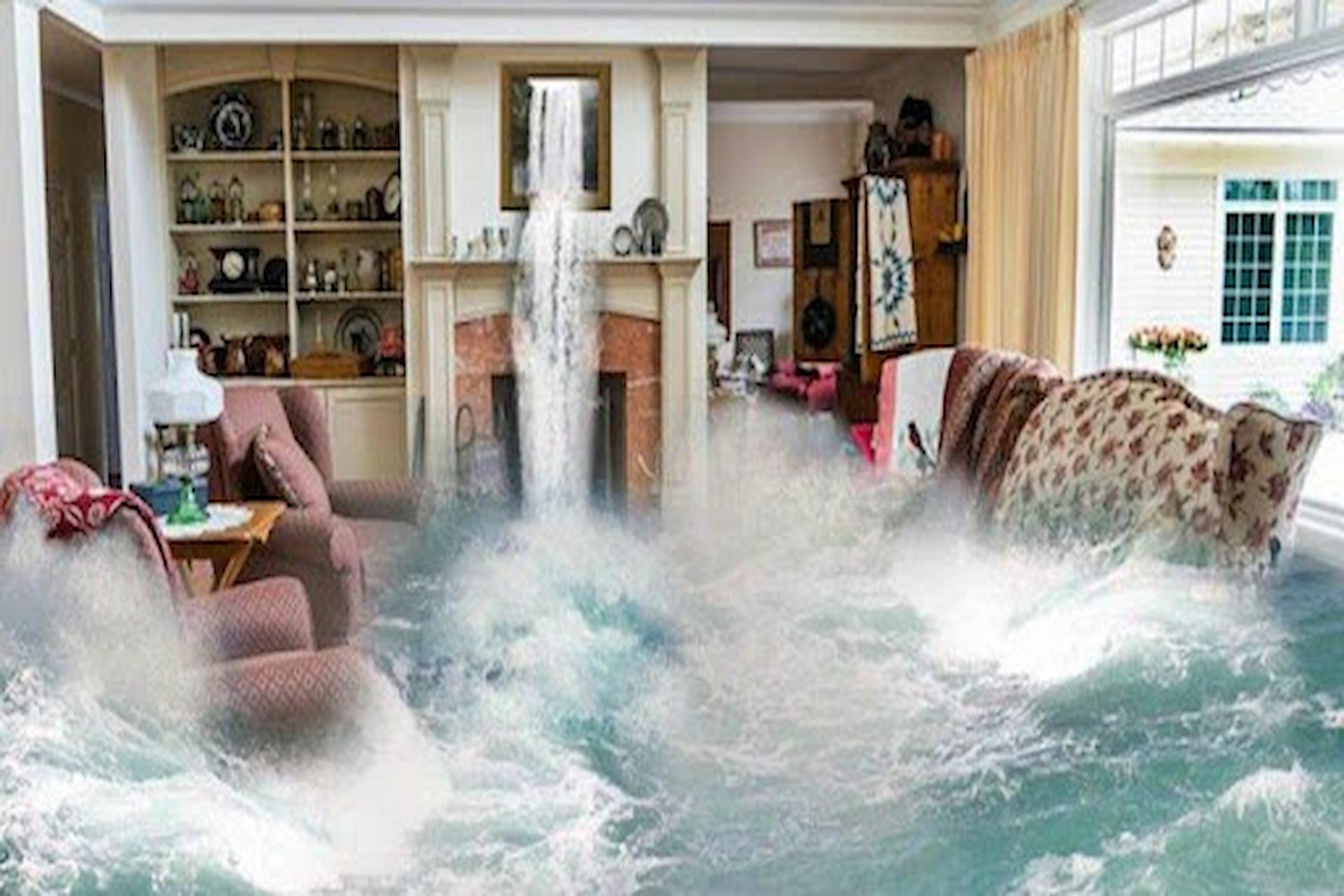Flood Alerts Explained: Protecting Your Property From Flood Damage

Table of Contents
Understanding Flood Alerts and Warning Systems
Flood alerts are crucial communications issued by national weather services and local authorities to warn communities about potential or impending flooding. These alerts are designed to give residents sufficient time to prepare and take protective actions, minimizing the risk of property damage and personal injury. Different levels of alerts signify varying degrees of risk. Understanding these levels is the first step in effective flood preparedness.
-
Flood Watch: A Flood Watch means that conditions are favorable for flooding. While flooding is not imminent, it’s a strong possibility, and you should monitor the situation closely. This is the time to review your flood emergency plan and begin taking precautionary measures.
-
Flood Warning: A Flood Warning signifies that flooding is occurring or is imminent. This is a serious alert, indicating an immediate threat. You should take immediate action to protect yourself and your property, potentially including evacuation.
-
Flood Advisory: A Flood Advisory indicates that minor flooding is possible. While the risk is lower than with a warning, you should still remain vigilant and monitor the situation.
The responsibility for issuing flood alerts often falls to national meteorological services, such as the National Weather Service in the United States. These services use sophisticated weather models and real-time data to predict and assess flood risks. Local authorities then often supplement these alerts with localized information, providing more specific guidance relevant to your immediate area.
Alerts are disseminated through various channels to ensure broad reach. These include mobile phone alerts (often through weather apps or emergency alert systems), radio broadcasts, television news reports, and community sirens. It's important to have multiple methods of receiving alerts to guarantee you're informed regardless of circumstance. These alerts often include valuable information such as the expected severity, duration, and affected areas.
Preparing Your Property for a Flood
Proactive flood preparation is key to minimizing damage and ensuring the safety of your family. Taking steps before a flood event significantly increases your chances of weathering the storm and minimizing losses. Flood prevention is more than just reacting to warnings; it's about creating a resilient home and lifestyle.
-
Elevate Valuables: Move essential documents, valuable electronics, and other important items to higher levels in your home. This simple step can save irreplaceable possessions from water damage.
-
Develop a Flood Emergency Plan: This plan should include pre-determined evacuation routes, designated meeting points for family members, and contact information for emergency services. Practice your plan regularly to ensure everyone knows what to do in case of a flood.
-
Create an Inventory: Photograph or video record your possessions for insurance purposes. This detailed inventory will simplify the claims process after a flood event.
-
Install Flood Barriers: If your property is prone to flooding, consider installing flood barriers or sandbags to help protect your home. These can be effective in diverting water away from your property, minimizing the impact of rising waters.
-
Secure Flood Insurance: Flood insurance is often not included in standard homeowners insurance policies. Check your coverage and consider purchasing a separate flood insurance policy to protect yourself against financial losses.
Responding to a Flood Alert: Immediate Actions
When a flood alert is issued, swift action is critical. Your response will depend on the severity of the alert (watch, warning, or advisory).
-
Monitor Official Channels: Continuously monitor official sources for updates on the evolving situation. Don't rely on social media or unverified information.
-
Move Possessions: Move valuable items to higher ground, securing them to prevent them from being swept away by floodwaters.
-
Prepare Your Vehicle: If you're in a flood-prone area, ensure your vehicle is ready for a potential quick evacuation. Fill your gas tank, and gather any essential items you may need to take with you.
-
Turn Off Utilities: If instructed by authorities, turn off your gas, electricity, and water supplies to prevent further damage and hazards. Never enter floodwaters to attempt this; follow official instructions.
-
Evacuate Immediately: If instructed by authorities to evacuate, do so immediately and without delay. Do not underestimate the power of floodwaters; prioritize your life and safety.
Post-Flood Actions and Recovery
After a flood event, the recovery process can be lengthy and challenging. Taking appropriate steps post-flood will help mitigate long-term consequences.
-
Avoid Floodwater Contact: Floodwater is often contaminated with sewage and other hazardous materials. Avoid contact to prevent disease and infection. Wear protective gear if you must enter flood-affected areas for cleanup.
-
Contact Your Insurance Provider: Immediately report the flood damage to your insurance provider. Gather necessary documentation, including photos and videos of the damage, to expedite the claims process.
-
Document Damages: Thoroughly document all flood-related damages with photos and videos. This evidence will be crucial in supporting your insurance claim and securing necessary aid.
-
Professional Restoration Services: Consider hiring professional restoration services to clean and repair your property. This will help prevent mold growth and other long-term damage.
-
Assess Health Risks: Be aware of the potential health risks associated with floodwater, including bacterial infections and waterborne diseases. If you or someone in your family experiences health issues after flood exposure, seek immediate medical attention.
Conclusion
Being prepared for floods is crucial for protecting your property and ensuring your safety. Understanding flood alerts and implementing proactive measures will significantly minimize the risks and consequences of flood damage. Remember to always prioritize safety and follow instructions from official sources. A well-defined flood preparedness plan including flood prevention strategies is paramount.
Call to Action: Stay informed about flood alerts in your area and take proactive steps to protect your home and family. Learn more about effective flood prevention and create your personalized flood preparedness plan today! Don’t wait for a flood warning – understand flood alerts and safeguard your property now!

Featured Posts
-
 Hells Angels Motorcycle Club A Comprehensive Overview
May 25, 2025
Hells Angels Motorcycle Club A Comprehensive Overview
May 25, 2025 -
 Popular Southern Vacation Area Battles Negative Publicity After Shooting
May 25, 2025
Popular Southern Vacation Area Battles Negative Publicity After Shooting
May 25, 2025 -
 Myrtle Beach Officer Involved Shooting 1 Dead 11 Injured Sled Investigating
May 25, 2025
Myrtle Beach Officer Involved Shooting 1 Dead 11 Injured Sled Investigating
May 25, 2025 -
 A Retrospective On Claire Williams Leadership And George Russells Experience
May 25, 2025
A Retrospective On Claire Williams Leadership And George Russells Experience
May 25, 2025 -
 Impact Of Proposed De Minimis Tariff Changes On Chinese Goods A G 7 Perspective
May 25, 2025
Impact Of Proposed De Minimis Tariff Changes On Chinese Goods A G 7 Perspective
May 25, 2025
